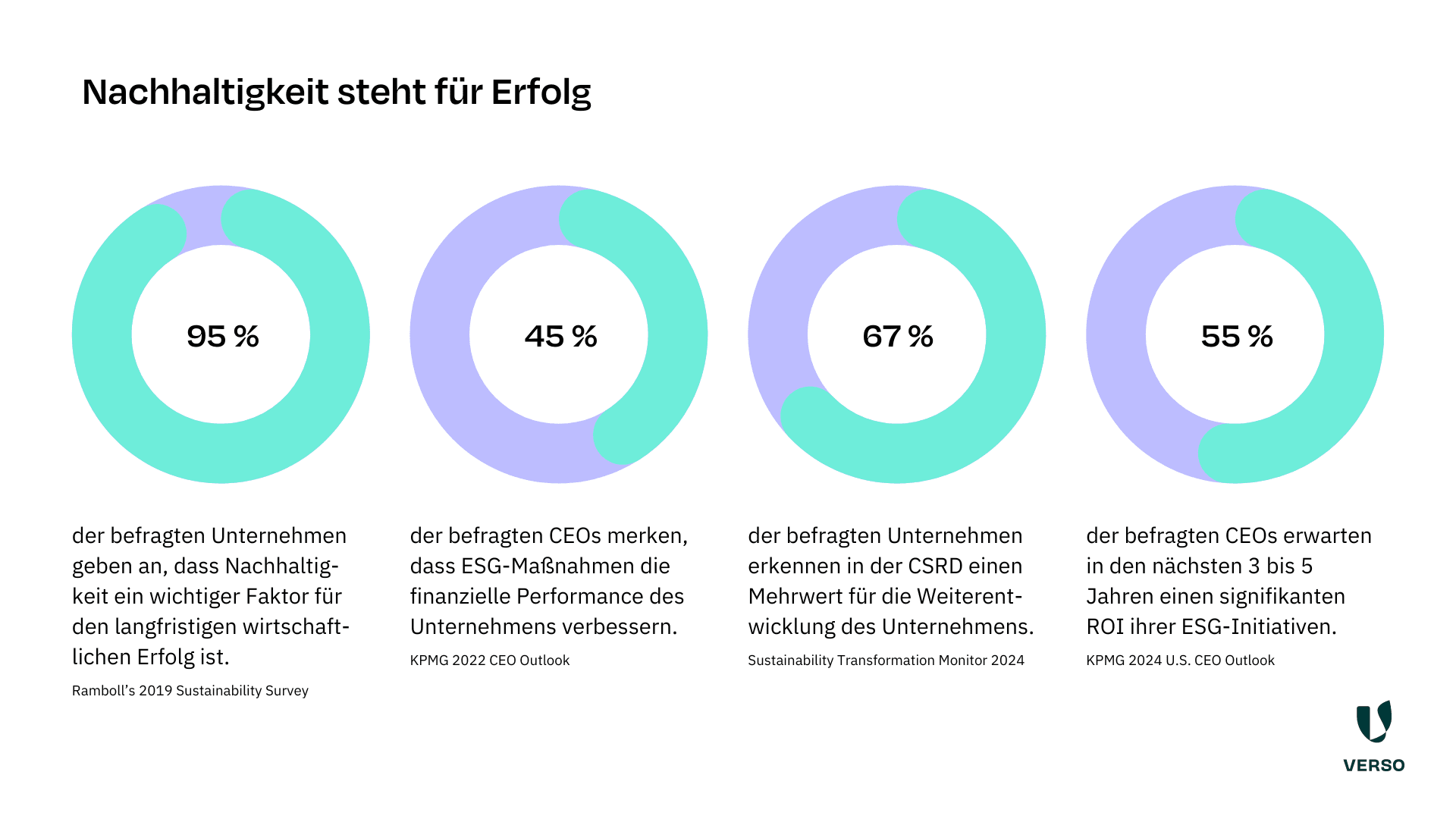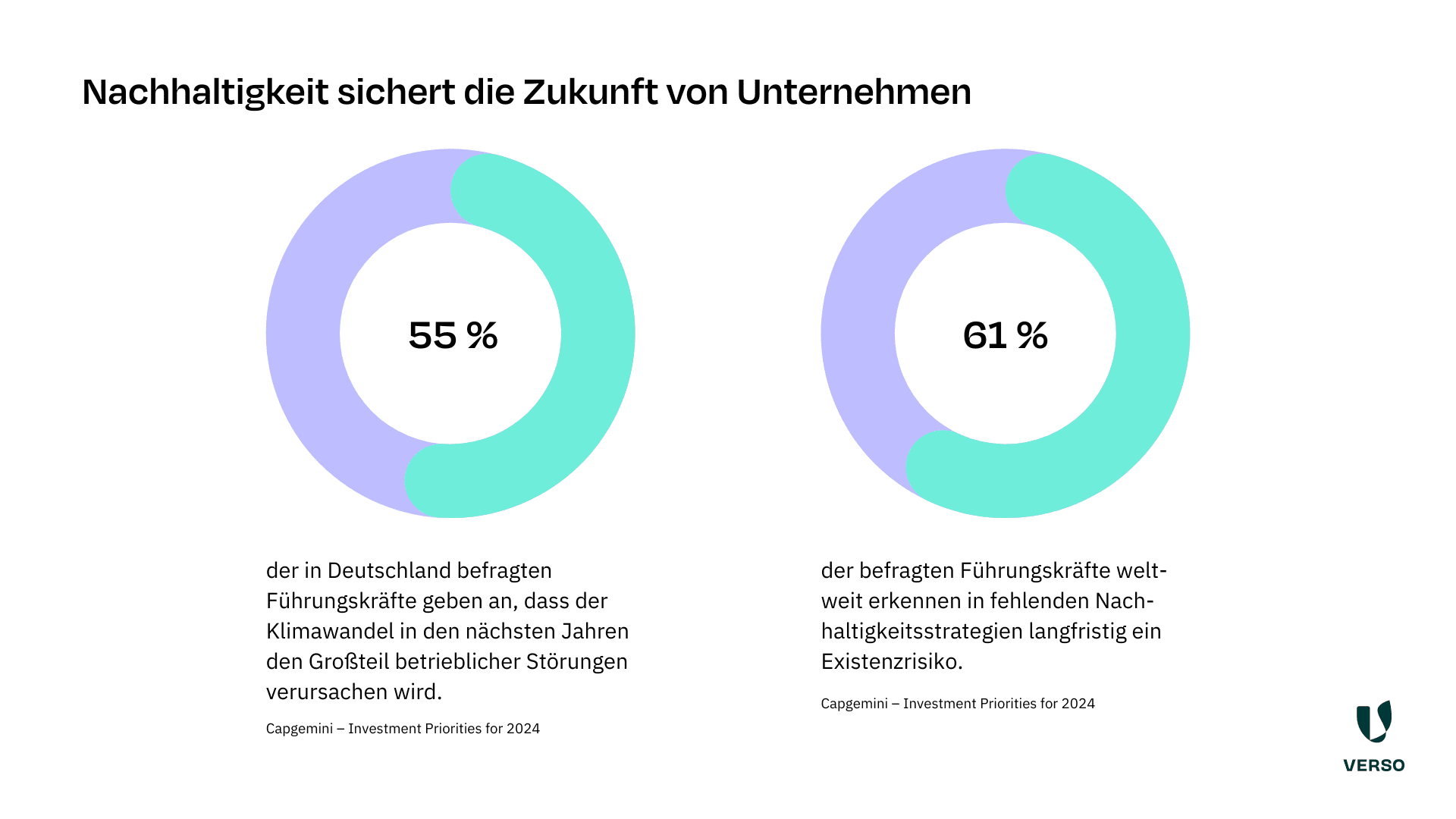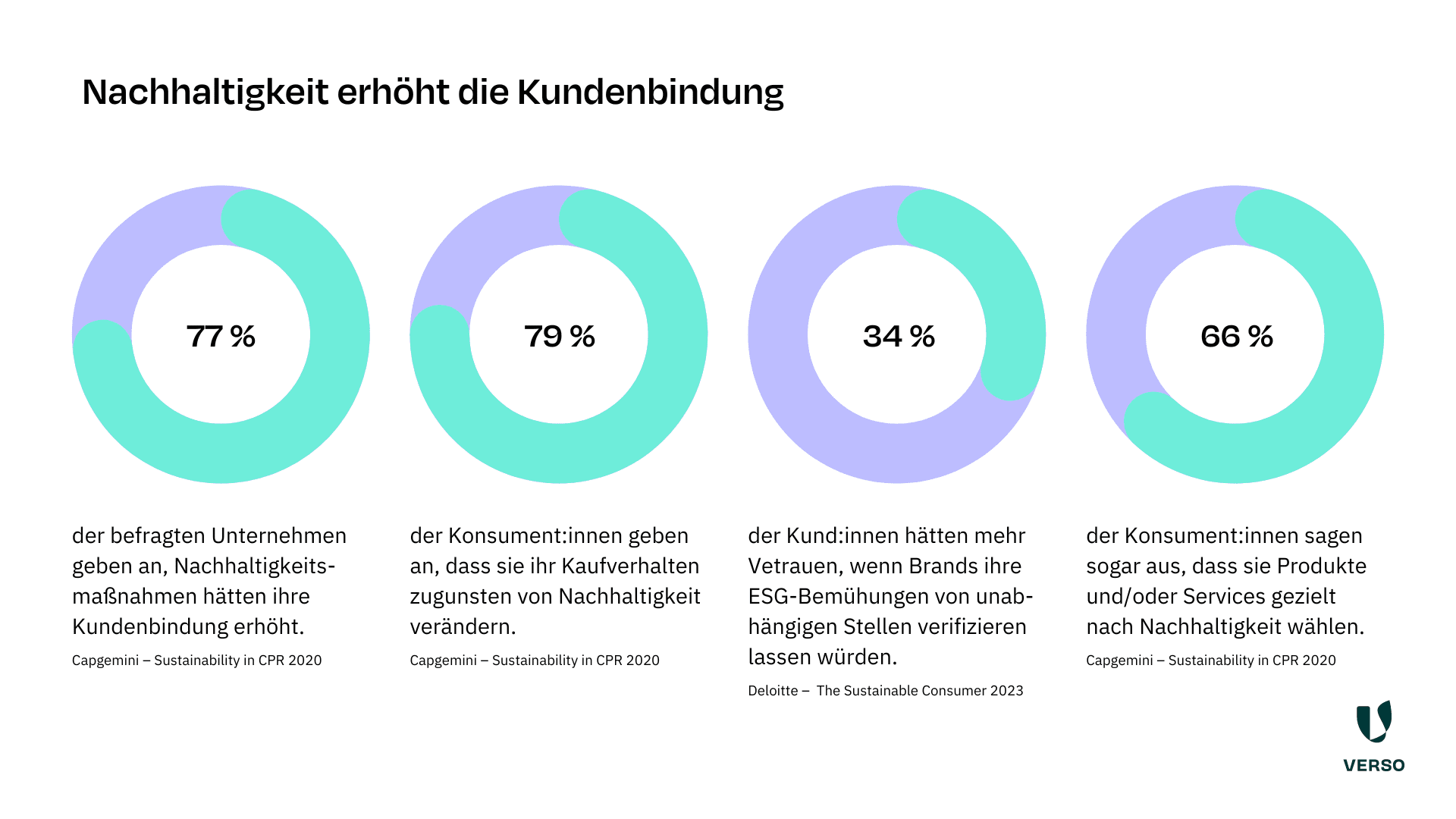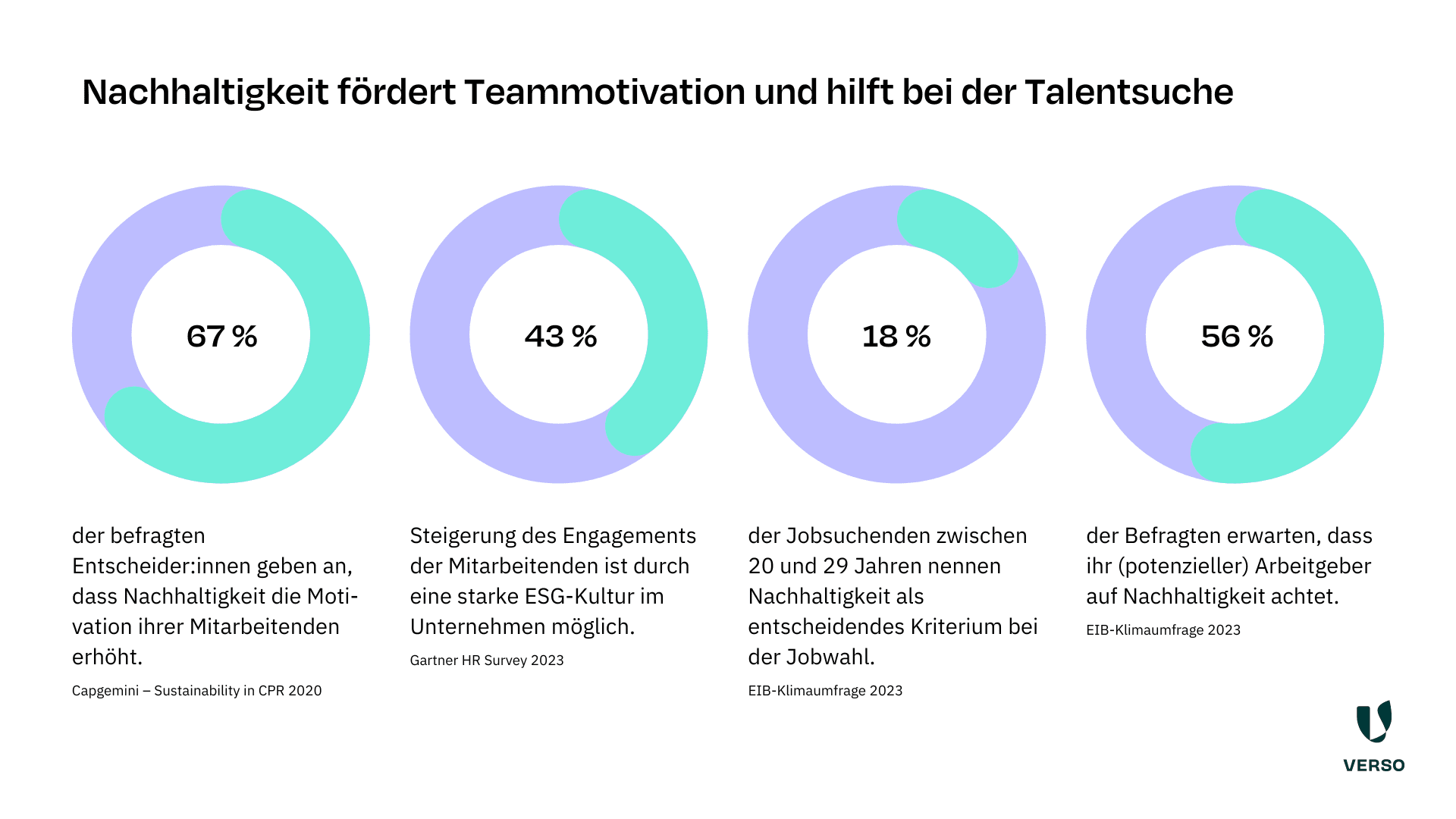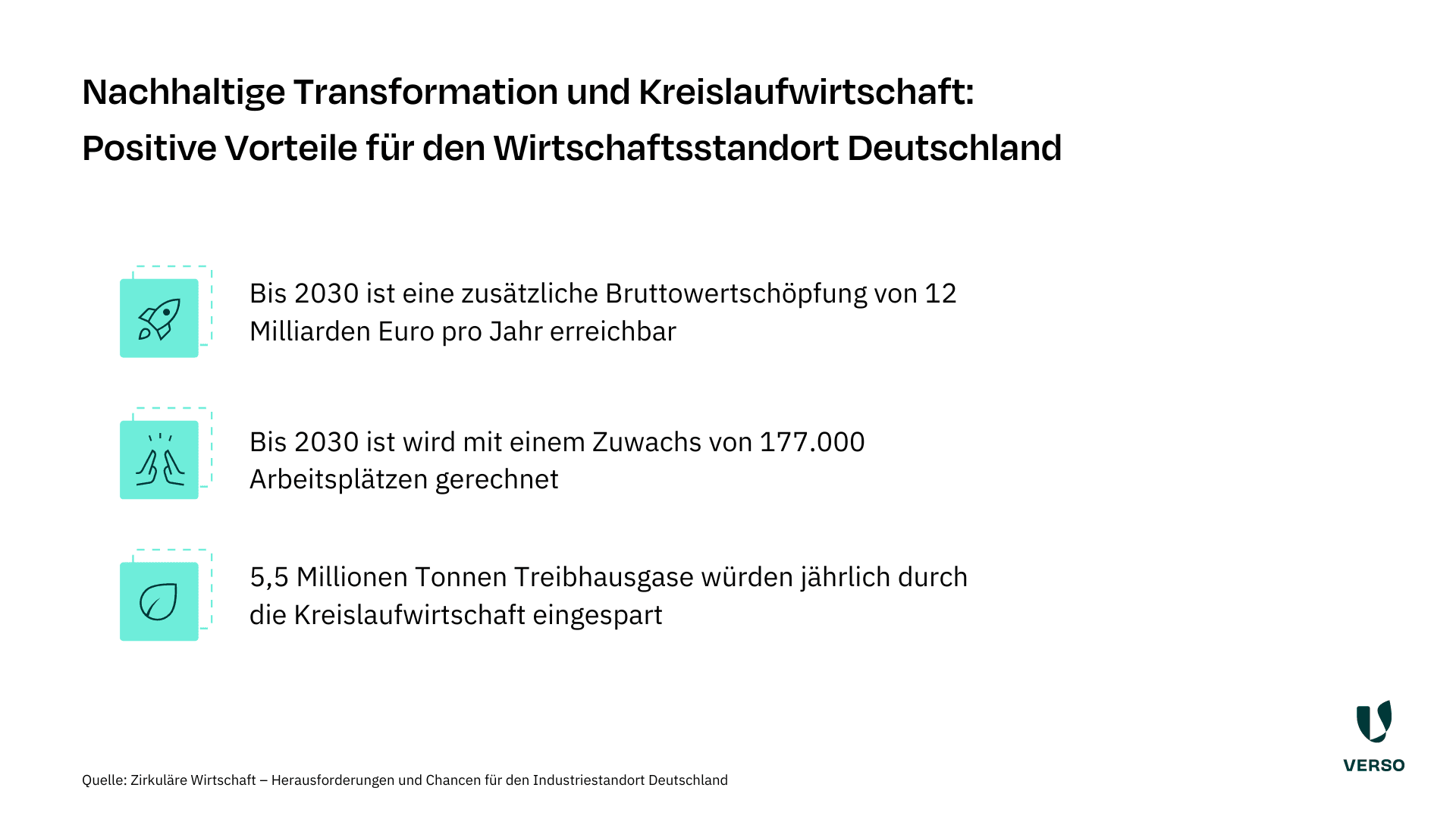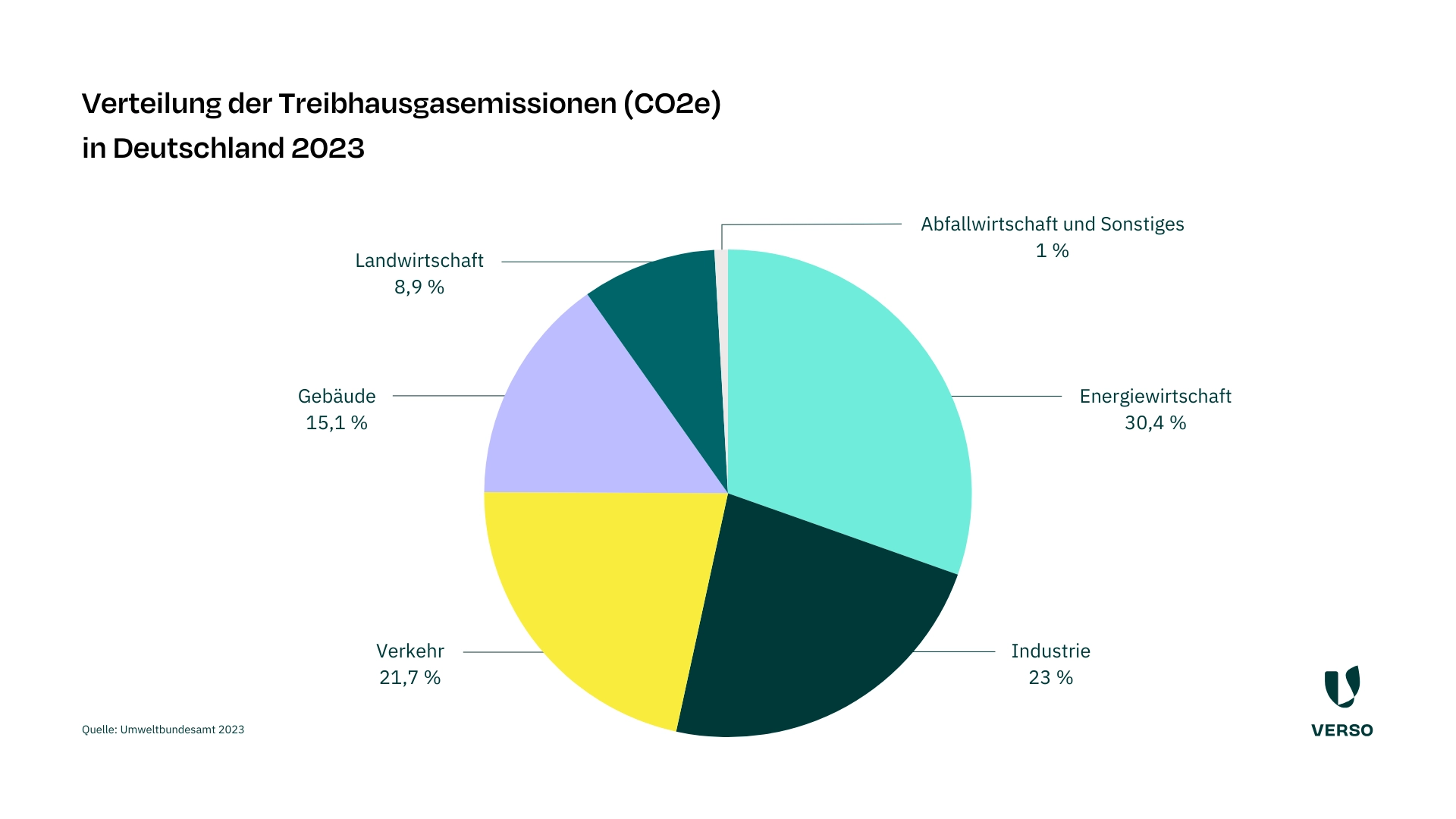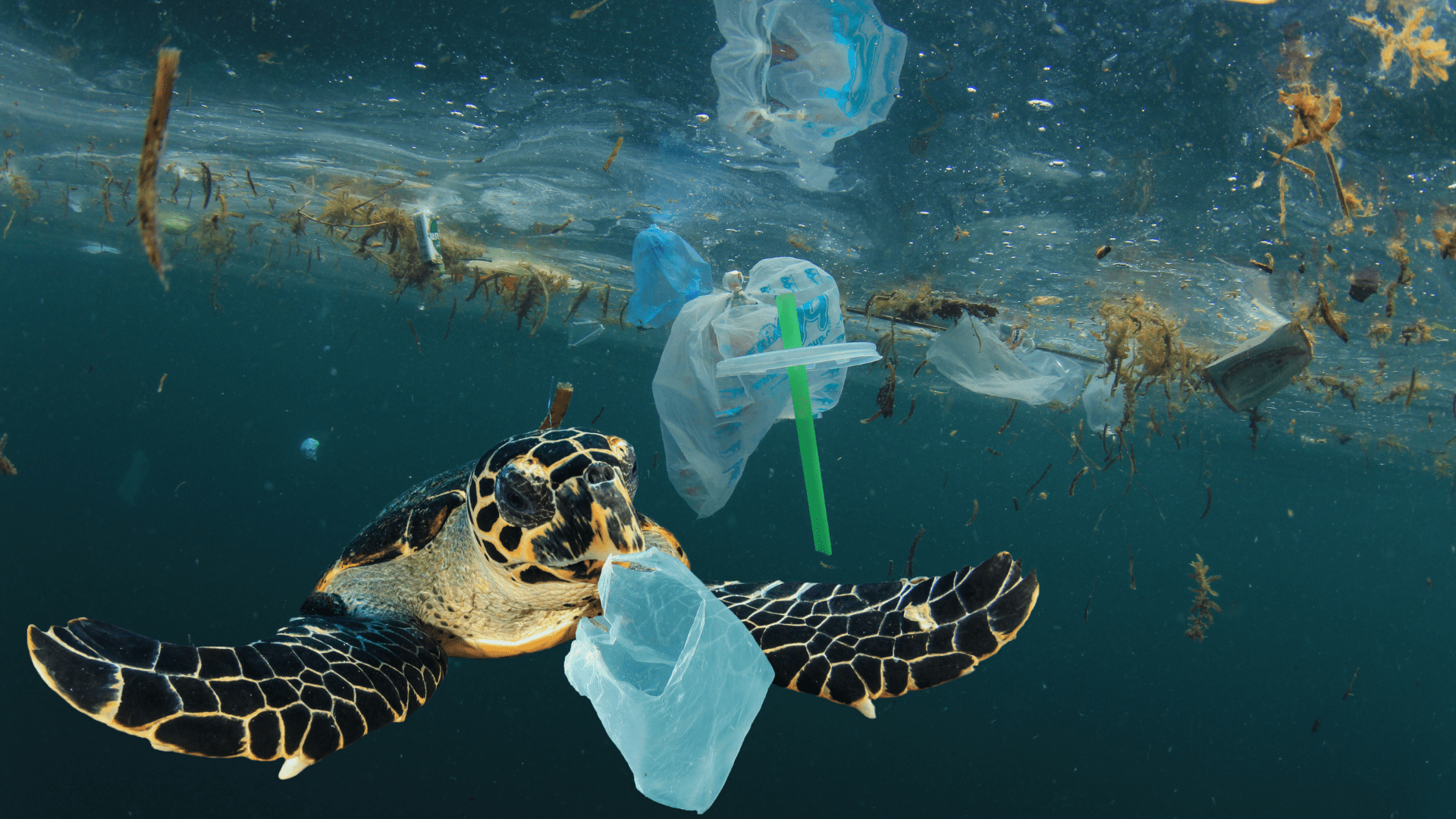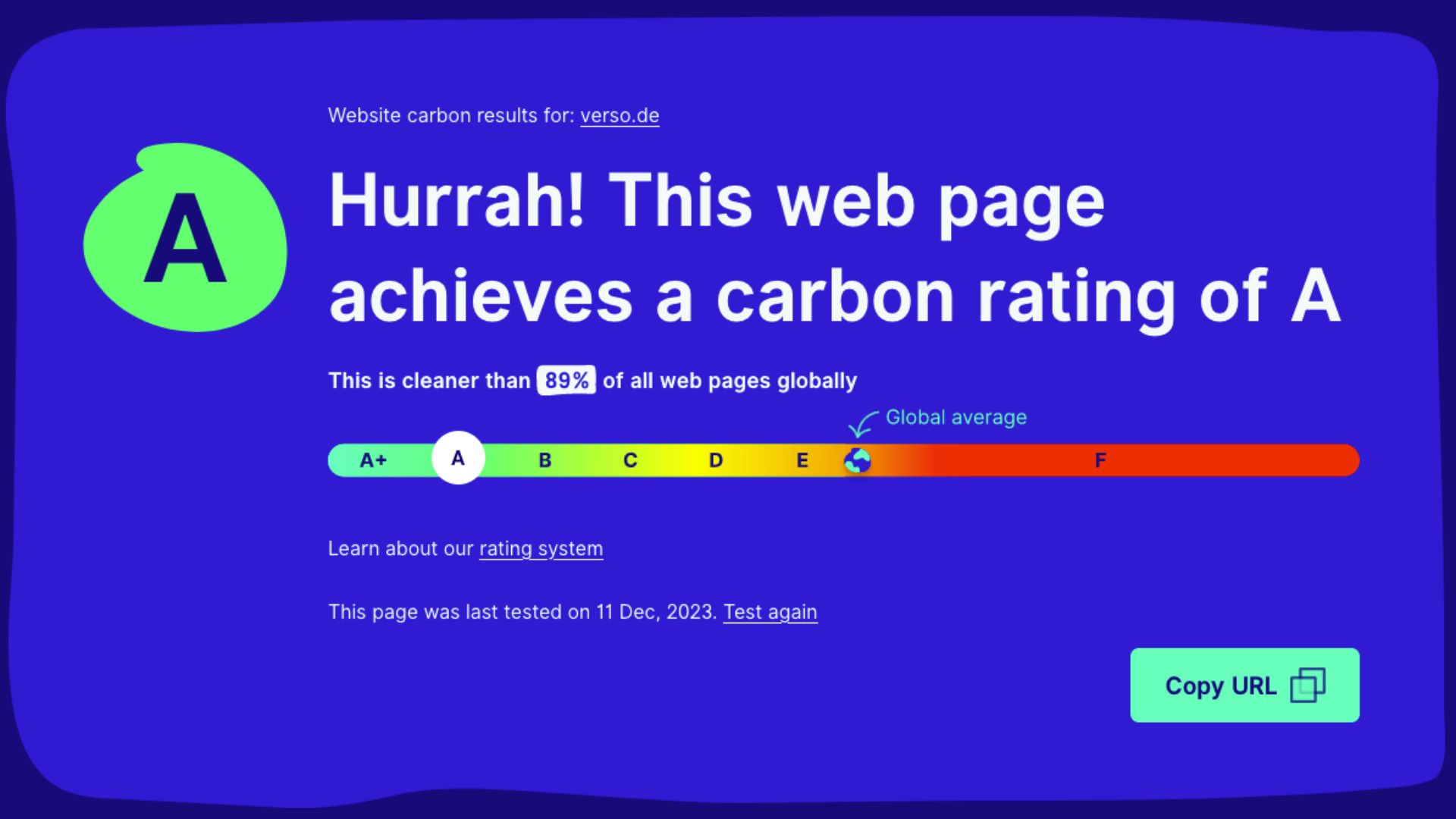
Sanctions at a glance: The cost of mistakes in reporting and implementing sustainability
A slap on the wrist and, if it becomes public, a brief outcry from the public: until a few years ago, companies didn’t have to worry too much if they put sustainability on the back burner or engaged in greenwashing. This is now a thing of the past. Read here about the consequences if the new requirements are not implemented correctly – and get tips on how to do it right!
Some simply lack an overview of their own data. Others are overwhelmed by the numerous requirements of the new ESG regulations. Still others underestimate the effort involved and start far too late. And then, of course, there are companies that try to cover up their lack of commitment to sustainability with falsified information. The possible reasons for inadequate implementation of the new regulations in sustainability, climate and supply chain management are as varied as the people who implement them for their companies. Until a few years ago, there were hardly any consequences. There might have been a shitstorm and a few calls for a boycott, but over time – or a lot of PR work – these soon petered out. However, with the introduction of the new regulations and guidelines for sustainable business practices, which are being rolled out across Europe as part of the Green Deal, this is now a thing of the past. Errors and misrepresentations can be expensive. How expensive exactly? We have summarized this for you in this article – including recommended reading to help you get it right!
Sanctions for EU taxonomy, CSRD and SFDR
As far as uniform sanctions are concerned, the trio is unfortunately still rather incomplete. This is because the three directives have yet to be transposed into national law. Each EU member state must independently determine the extent to which it wishes to sanction errors in financial and non-financial reporting. In line with the CSR-RUG – the predecessor of the CSRD – errors in reporting in accordance with the CSRD, SFDR and EU taxonomy will presumably also be penalized in accordance with §331 and §334 HGB. In figures, this means
- Prison sentences of up to 3 years
- For members of authorized representative bodies or supervisory boards of a corporation: prison sentences of up to 3 years; companies face fines of up to 2 million euros or twice the economic benefit they have derived from the incorrect report – whichever is higher.
- For capital market-oriented companies: Fines of up to 10 million euros, 5 percent of annual turnover or twice the economic benefit – the highest amount is also chosen here.
On top of this – as the fermented icing on the cake, so to speak – there may also be legal action for breach of competition law, exclusion from public procurement procedures and “naming and shaming”, i.e. publicity including loss of reputation. Important to know: Only intentional errors and errors due to gross negligence are punishable. Incidentally, the Auditors’ Association wants to relax the CSRD for auditors: With a cap on the amount of liability and limited liability for gross negligence. However, this demand has been heavily criticized – so there is still some way to go here. From 2025, the first court proceedings will show the exact direction of sanctions for breaches of the EU taxonomy, CSRD and SFDR.
Read more:
Sanctions for LkSG and CSDDD
CSDDD
After a long back and forth, an agreement was reached in March 2024 on the CSDDD; the European supply chain law. Here, too, there is still some time before it is transposed into national law. However, the liability and sanction framework in the event of a breach of the due diligence obligations for people and the environment enshrined in the CSDDD is already clear. Affected companies are liable for all damages that occur along the upstream supply chain due to inadequate or missing risk prevention or remedial measures – unless these are caused by a business partner. In other words:
- If your company knows about irregularities and ignores them, supervisory authorities can impose fines of up to 5% of global turnover.
- Civil liability will also be introduced.
Those affected can therefore assert claims against your company with the help of NGOs or trade unions, for example. - There is also the threat of naming and shaming and exclusion from public procurement.
LkSG
In contrast to the CSDDD, there is no civil liability under the German Supply Chain Act. However, there are expensive fines if the legal obligations are not complied with. Under the LKSG, these include environmental and human rights due diligence obligations towards indirect suppliers and, if known, also towards direct suppliers. Under the LkSG, risks must also be identified, documented and then eliminated or at least minimized. Otherwise there is a risk of fines of up to 8 million euros. For companies with an annual turnover of more than 400 million euros, the fine increases to up to 2% of global annual turnover. And: companies can be excluded from public procurement.
Read more:
- Factsheet: CSDDD vs. LkSG
- Factsheet: Risk management in the supply chain
- Practical guide: LkSG compliance
- Checklist: ESG requirements for procurement
- How VERSO supports you with the implementation of CSDDD and LkSG
EU ETS and CBAM sanctions
EU ETS
With the EU Emissions Trading System (EU ETS), the EU aims to cap the emissions of the member states. Companies only have a certain amount of freedom to emit emissions – otherwise certificates must be purchased. Non-compliance could result in fines:
- 100 euros per metric ton of CO2 equivalents emitted without a certificate
In order to avoid certificate prices on the one hand and sanctions on the other, some companies relocated their production to non-EU countries (“carbon leakage”). The CBAM was therefore also introduced as part of the EU ETS reform.
CBAM
Since January 2024, the CBAM reporting obligation has applied to all companies that import certain emission-intensive goods from non-EU countries. The so-called “climate tariff” supplements the EU ETS – and entails a whole range of possible sanctions:
- Transitional phase: If the CBAM report is incomplete, contains incorrect information or is not submitted at all, or is not corrected after being requested to do so, a penalty of 10 to 50 euros per ton of unreported emissions will be imposed.
- Implementation phase: In accordance with the EU ETS, fines of EUR 100 per tonne of CO2 equivalent are imposed for missing certificates.
- Anyone importing CBAM goods without the status of authorized user must expect even higher penalties.
- In addition to the financial sanctions, it is also possible that the “Authorized Declarant” status will be withdrawn – the company concerned would then no longer be allowed to import CBAM goods from 2026.
Good to know: As a CBAM applicant, you will have noticed that there was a delay in activating the registration options. As a result, the first CBAM reports could not be submitted on time. According to the Federal Environment Agency, however, this delay will not be penalized.
Read more:
Sanctions with the EUDR
Supply chain officers and buyers must prepare themselves for even more sanctions. At the end of 2024, the directive for deforestation-free supply chains – the EUDR – will come into force. If you place products on the EU internal market that have been produced without deforestation, you could face the following penalties under the directive:
- Skimming off profits unlawfully made as a result of non-compliance with the EUDR
- Fines in proportion to forest damage and value of goods, but at least 4 % of annual turnover
- Seizure of goods or products
- Temporary import bans
- Exclusion from public funds and public tenders
- Inclusion in a public list incl.
Information on the violation
Also important: If you do not have the relevant geo-information and proof of origin for your goods, you will no longer be allowed to import them into the EU once the EUDR comes into force. Keep this in mind now if you are ordering goods that you want to import into the EU single market from 2025.
Read more:
Sanctions under the Green Claims Directive
There is already a whole range of regulations on environmental claims and environmental labeling systems on the market.
The Green Claims Directive will be added shortly.
It is specifically aimed at advertising claims that make a product or company appear more sustainable than it actually is.
False green claims are punished as follows:
- Fines of at least 4% of the annual turnover
- Exclusion from public procurement
- Recovery of the revenue that your company has generated through the false statements.
Read more:
Save money and nerves with VERSO
To ensure that companies do not approach the sustainable transformation too carelessly, the EU provides for “effective, proportionate and dissuasive” measures in any case.
In view of the possible sanctions, we are happy to believe this – and help you to correctly implement the guidelines and regulations that apply to you.
Not only our top software, but also our experienced consultants and our specialized partners are at your side.
Feel free to get in touch with us!
This might also interest you:
Subscribe to our newsletter!
Register now to arrange a free demo appointment and get to know our solutions at first hand.
- Pragmatic all-in-one solution for ESG reporting, climate and supply chain management
- Individual advice from the VERSO experts
- Developed with expertise from 12+ years of sustainability management
- Trusted by 250+ customers



